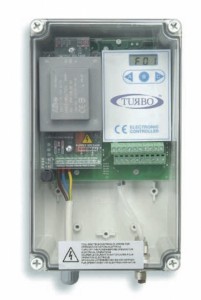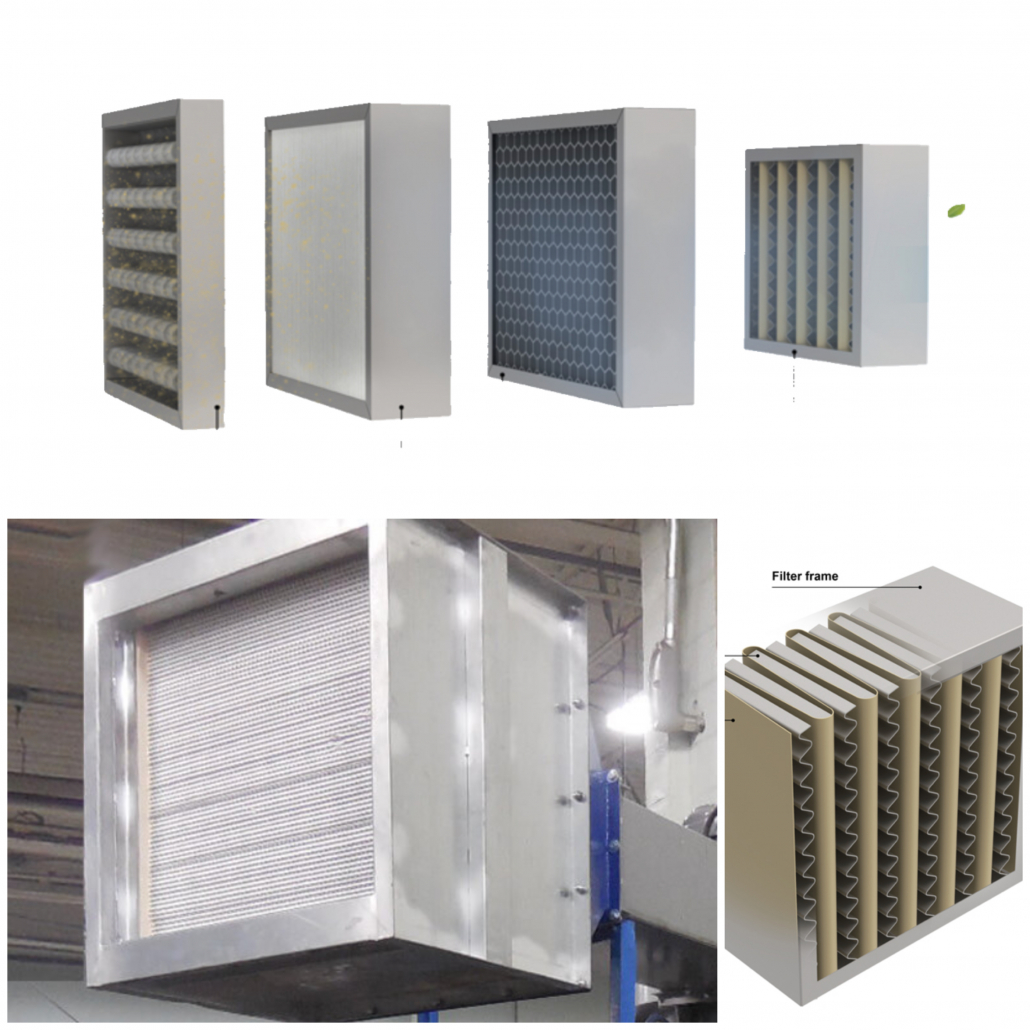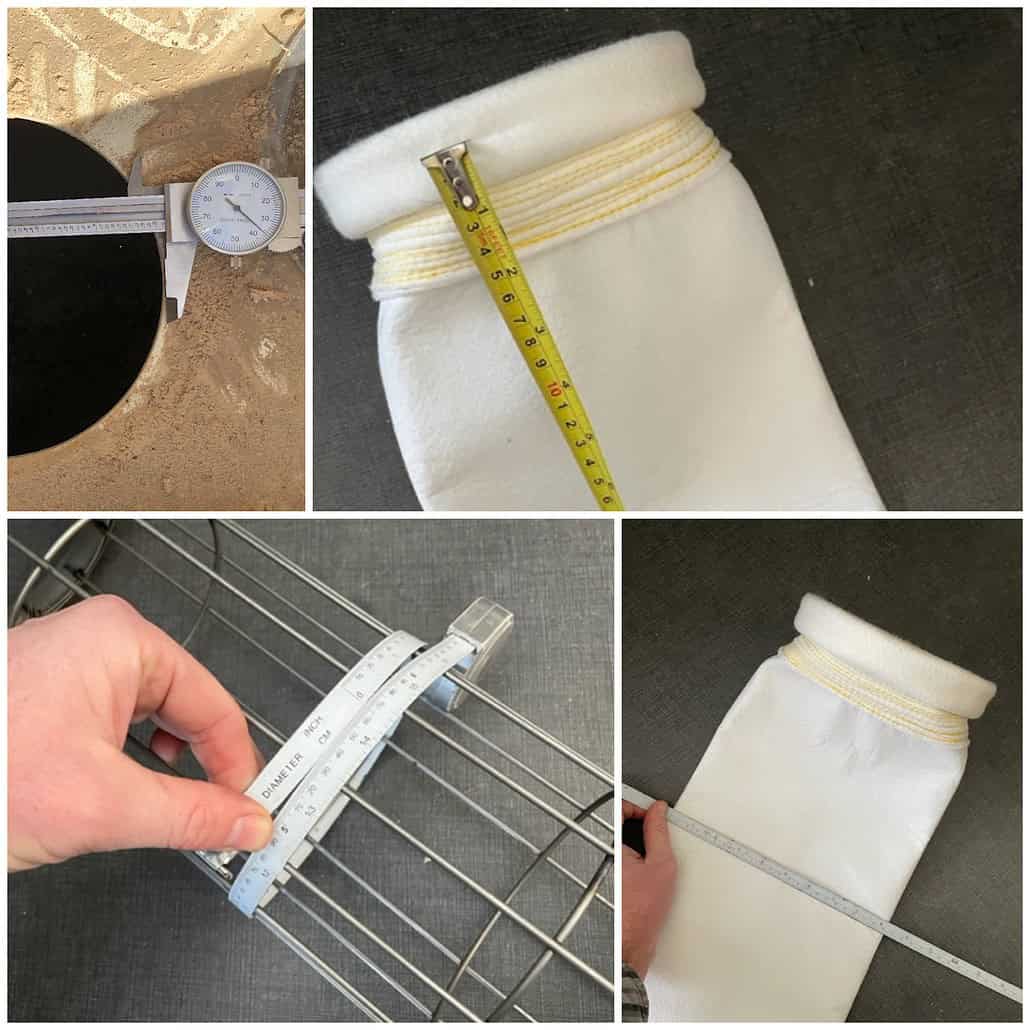
With Clean on Demand Controllers the “On-Time” setting must be set correctly or else bag cleaning will suffer. On on Turbo baghouse controllers (and on many others) you need to first find the preset that corresponds to the on-time setting (here shown as F1), push select, and then enter the proper value (.1-.15 ms)
Question: What does the “On-Time” setting on my baghouse control board do?
Answer: On-Time determines how long the pulse valve is open for during a cleaning cycle. This setting is VERY important for proper cleaning of the baghouse filters on a pulse jet dust collector. If set too long then the air pulses will be weak and waste compressed air, lower pressure in the air header (causing delays while it builds back up or weakening the following pulses) or even damage the filters. If set too short not enough air volume will be released to clean the entire bag. It will also cause uneven dust loading on the bags, which in turn can cause a long list of problems in the collector.
Question: What should I set as the “On-Time” on my baghouse control board?
Answer: As a general rule, this should be set to between .01 – .015 ms (milliseconds). For certain specific applications (such as pleated filters, or certain “sticky” dusts) your dust collector OEM might provide you with a slightly different setting.
Question: What is clean-on-demand and why should I use it instead of just setting a timer?
Answer: Clean on demand (or clean on pressure) is a means of controlling a pulse jet baghouse cleaning system. It is the most effective way to operate your dust collector and it can lead to considerable savings in several areas.
Using a clean on demand baghouse controller, operators set high and low differential pressure points (usually 5.5″ and 3″ respectively). When the DP reading hits the high point the control board begins firing the pulse valve(s). It will continue firing them in order until the DP drops below the low point.
In contrast to a simple timer board, a clean on demand controller only cleans the bags only when necessary to maintain stable operation. This prevents over cleaning (which increases wear and produces higher emissions), reduces compressed air use (costly in most plants), and reduces wear on the diaphragm valves. Additionally, clean on demand controllers are able to adapt to changes in dust loads (common in most applications) something timers cannot do.






